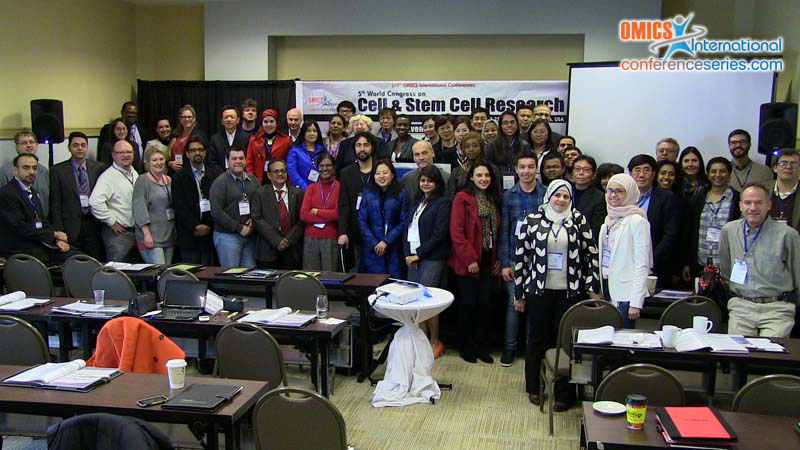
Shaohua Li
Rutgers-The State University of New Jersey
USA
Title: CREG1 interacts with Sec8 to promote cardiomyocyte differentiation of embryonic stem cells
Biography
Biography: Shaohua Li
Abstract
CREG1 is a small glycoprotein originally identified in a yeast two-hybrid screen of the Drosophila cDNA library. To investigate its physiological functions, we first performed immunostaining and immunoblotting on mouse tissues. We found that CREG1 is highly expressed in both embryonic and adult hearts. During mouse embryonic stem (ES) cell differentiation into cardiomyocytes, the expression level of CREG1 increases and correlates with myogenic differentiation. Overexpression of CREG1 in ES cells enhances cardiomyogenesis, whereas knockout of CREG1 has an inhibitory effect. Chimeric analysis suggests that the cardiac-inducing activity of CREG1 is cardiomyocyte intrinsic. Affinity pull-down assay using His-tagged CREG1 followed by mass spectrometry identified a novel interaction between CREG1 and Sec8 of the exocyst complex essential for tethering vesicles to the plasma membrane. In vitro protein binding assay using recombinant His-tagged CREG1 and the Sec8-GST fusion protein confirmed direct binding of CREG1 to Sec8. Furthermore, site-directed mutagenesis revealed that the amino acid residues D141 and P142 in CREG1 are required for Sec8 binding. Rescue of CREG1 knockout ES cells with human wild-type CREG1 restores cardiomyocyte differentiation while the Sec8-binding mutant fails to do so. In addition, shRNA-mediated knockdown of Sec8 in wild-type ES cells also inhibits cardiomyogenesis. These results suggest that CREG1 binding to Sec8 promotes cardiomyogenic differentiation. Mechanistically, CREG1, Sec8 and N-cadherin are co-localized to both intercellular junctions and Rab11-positive recycling endosomes. Overexpression of CREG1 increases the N-cadherin protein level and enhances the assembly of adherens and gap junctions. By contrast, knockdown of Sec8 leads to cadherin degradation. Taken together, these data support a notion that CREG1 binds to Sec8 and enhances the assembly of intercellular junctions, thereby promoting cardiomyogenesis.




